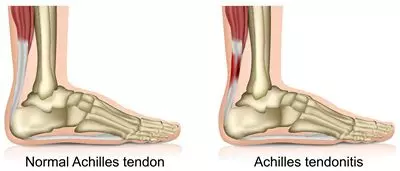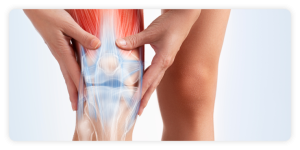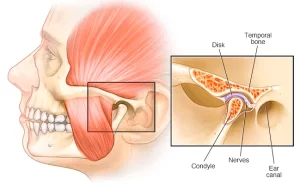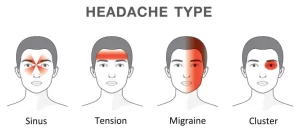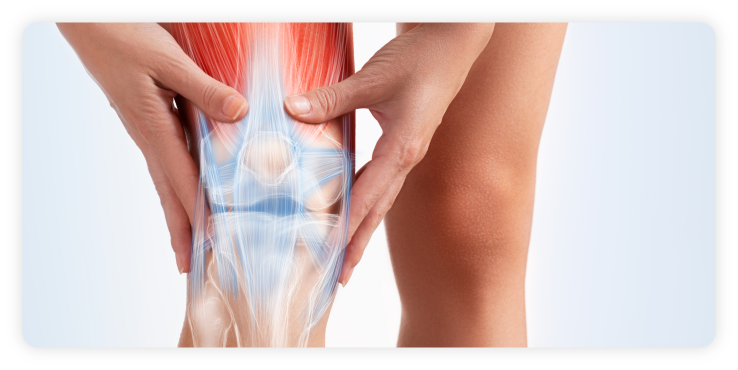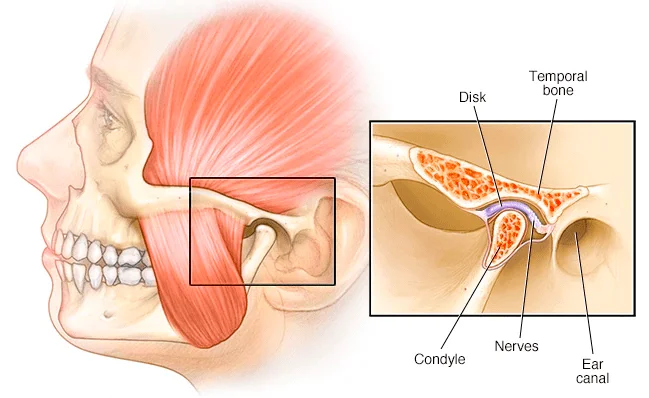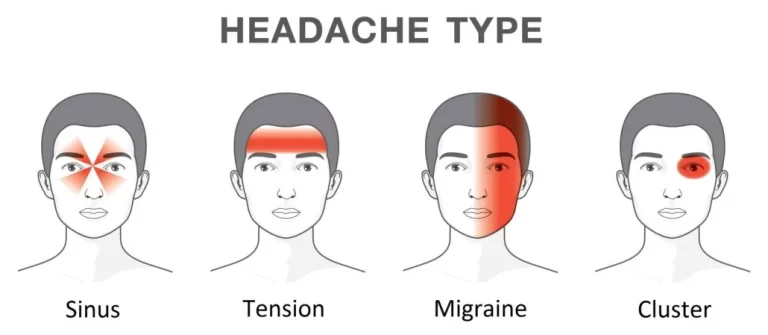What is Achilles Tendonitis?
Achilles Tendonitis is a common condition that occurs when the large tendon that runs down the back of the lower leg becomes irritated and inflamed. The Achilles tendon is the largest tendon in the body. It connects the calf muscles to the heel bone and is used when walking, running, climbing stairs, jumping, and standing on tiptoes. Although the Achilles tendon can withstand great stresses from running and jumping, it is also prone to tendonitis, a condition associated with overuse and degeneration. In some cases, treatment guided by an experienced osteopath in Singapore may help improve mobility and support tissue recovery.
Types of Achilles Tendonitis
There are two types of Achilles Tendonitis called Non-insertional Achilles Tendonitis and Insertional Achilles Tendonitis based on which part of the tendon is inflamed. In non-insertional Achilles tendonitis, fibers in the middle portion of the tendon have begun to break down with tiny tears (degenerate), swell, and thicken. Tendonitis of the middle portion of the tendon more commonly affects younger active people. Insertional Achilles Tendonitis involves the lower portion of the heel where the tendon attaches to the heel bone. In both non-insertional and insertional Achilles Tendonitis, damaged tendon fibers may also harden. Bone spurs (extra bone growth) often form with insertional Achilles Tendonitis. Tendonitis that affects the insertion of the tendon can occur at any time even in those who are not active. More often than not, it comes from years of overuse.
Causes of Achilles Tendonitis
It is typically not related to a specific injury. The problem results from repetitive stress on the tendon. This often happens when the bodies are pushed to do too much too soon, but other factors can make it more likely to develop tendonitis including a sudden increase in the amount or intensity of exercise activity. Bone spurs against the tendon and having tight calf muscles and suddenly starting an aggressive exercise program can also put extra stress on the Achilles tendon.
Symptoms of Achilles Tendonitis
Common symptoms of this condition comprises of pain and stiffness along the Achilles tendon in the morning, pain along the tendon or back of the heel that worsens with activity, severe pain the day after exercising, thickening of the tendon, a bone spur (Insertional Tendonitis) and swelling that is present all the time and gets worse throughout the day with activity.
Achilles Tendonitis Treatment
Physical therapy promotes recovery from Achilles Tendonitis by addressing issues such as pain or swelling of the affected area and any lack of strength, flexibility, or body control. Treatment for this condition consists of manual therapy to gently move muscles and joints in order to improve their motion and function. Self-stretching and manual therapy techniques applied to the lower body will be done to help restore and normalise motion in the foot, ankle, knee, and hip which can decrease the tension and restore full range of motion. Loading of the tendon through exercises is also beneficial for recovery from this condition. Once the pain eases and strength and motion improve, lifestyle recommendations will be provided so the transition back into more demanding activities goes smoothly. If in doubt, please seek professional advice.
Osteopathic Support for Achilles Tendonitis
Achilles Tendonitis can affect mobility and daily activity, particularly during walking or exercise. Learn more about working with an osteopath in Singapore to support recovery through gentle, hands-on techniques that may help reduce strain and improve function.
Check out our popular articles: Diastasis Recti, Tight Back Muscles, Irritable Bowel Syndrome (IBS), Temporomandibular Joint (TMJ) Dysfunction, Tennis Elbow, Wrist Tendon Injury, Sciatica, Whiplash, Hernia, Herniated Disc (Slipped Disc).
